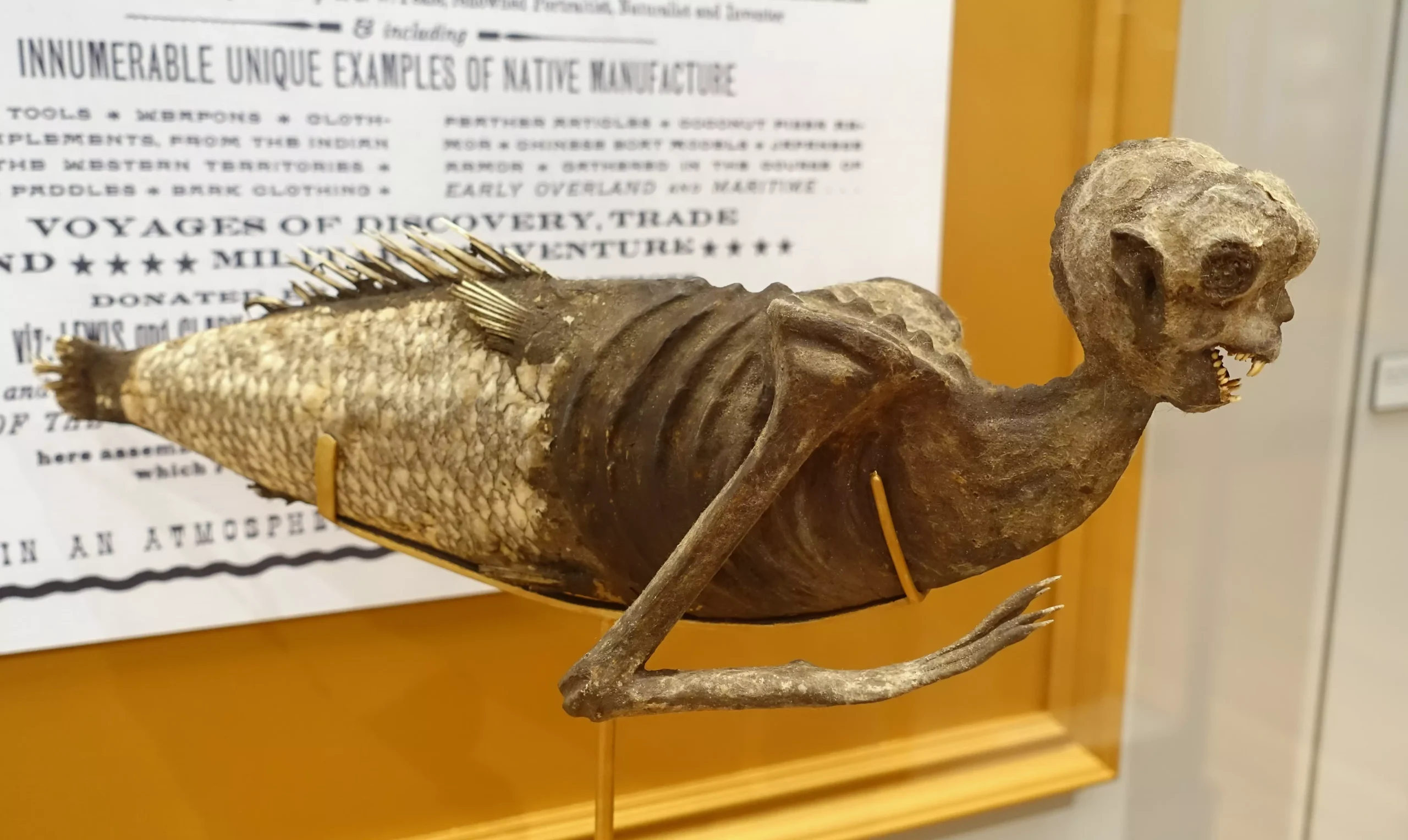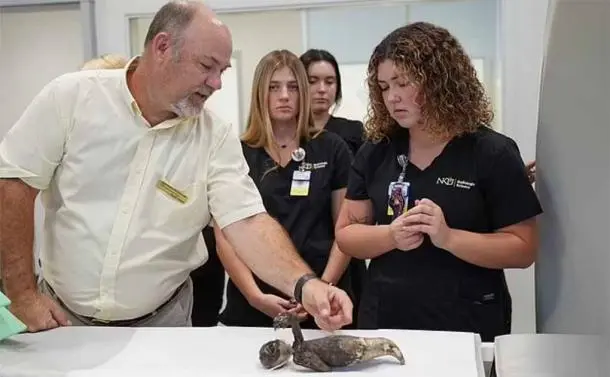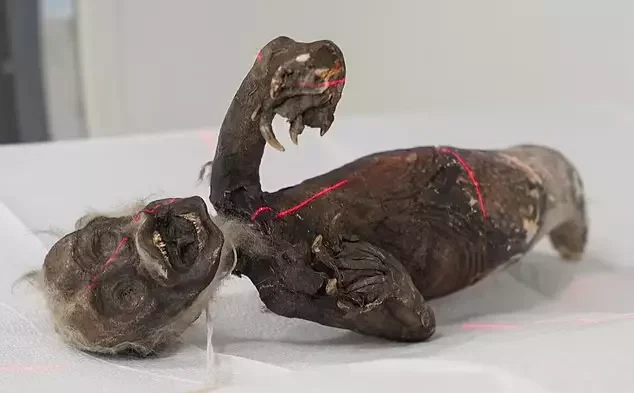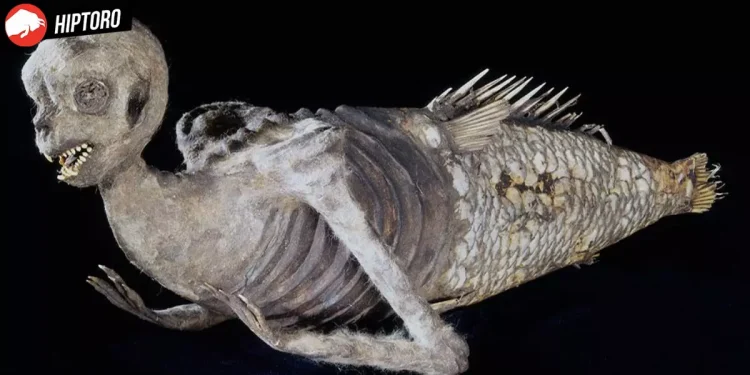In 1906, a US sailor brought back a mummy, the Fiji Mermaid, from Japan which was then donated to the Clark County Historical Society in Springfield, Ohio. Since then, its unusual features – a contorted face, odd teeth, huge claws, a fish-like lower body, and a coating of grey fur – have been sending shivers down the spines of the museum’s guests.
The long-held mysteries of the ‘mermaid’ may soon be unveiled, as the unknown creature undergoes X-ray and CT scan tests to unravel its real identity.

Scientists Aim To Discover The Mystery Behind Fiji Mermaid
Northern Kentucky University’s radiologist, Joseph Cress described the creature as a mix of three species.
‘It seems to be a hodgepodge of at least three different species externally.’
‘There’s the head and torso of a monkey, the hands seem to be that of an amphibian almost like an alligator, crocodile or lizard of some sort.
‘And then there’s that tail of a fish – again, species unknown.’
He further added that the species seem to have been ‘Frankensteined’ together which makes it even more intriguing.
‘It is obviously fashioned, almost Frankensteined together – so I want to know what parts were pulled together.’
Dr. Cress mentioned that the CT scanning would allow them to observe ‘sections’ of the relic, in the expectation of finding out if any part of it was formerly an actual animal.

He added that this would give them more information, for example, whether the nostrils go up to what is thought to be a true nasal passage and the depth of these components.
This scanning technique permits them to observe the artifact from head to foot and even from side to side. Moreover, they can assess if the ear passage stretches to its connection with the brain.
In brief, the CT scanning technique is being utilized in all facets of this Fiji mermaid, including the head, facial area, thoracic area, and tail end.
Natalie Fritz, from the Clark County Historical Society, declared the peculiarity to be a ‘Fiji mermaid’ – a sham creature that had been popularized by P.T. Barnum.
Barnum was the source of inspiration for the 2017 movie The Greatest Showman. He had shown an analogous specimen at his American Museum in New York until it went up in flames in 1865.
P.T. Barnum caused quite a stir in 1842 with the unveiling of the Fiji mermaid, a peculiar creature small enough to fit inside a shoebox, at his museum. It had been acquired by an American sea captain from a Japanese fisherman, and soon became a much sought-after attraction throughout the 19th century.
In Japan, there are stories that say a person who eats the flesh of a mermaid can obtain immortality. A temple in Asakuchi was once devoted to a Fiji mermaid, though it was later revealed that it was composed of fabric, paper, and cotton, embellished with fish scales and fur.

Fritz stated that in the USA, Fiji Mermaids were nothing more than a curiosity that could be found in various sideshows and collections during the late 19th century.
Throughout the ages, the idea of the mermaid has been manifested in a variety of forms. Some of these creations were stuffed animal hybrids of primates and aquatic life, while others were totally fabricated out of papier-mâché.
Since 2003, the mermaid had been exhibited in the museum’s Cabinet of Curiosities. A woman who had a father as the curator during the 70s remembered that it had scared her whenever she visited her dad’s workplace.









